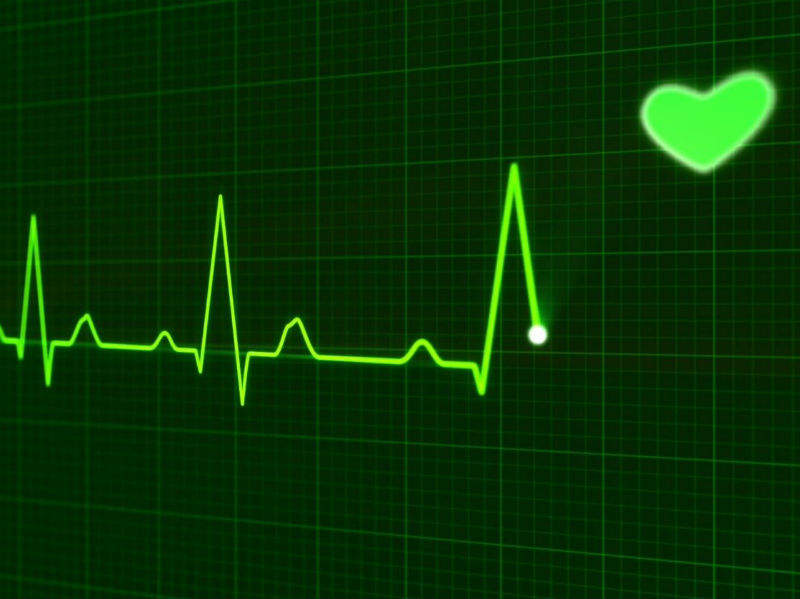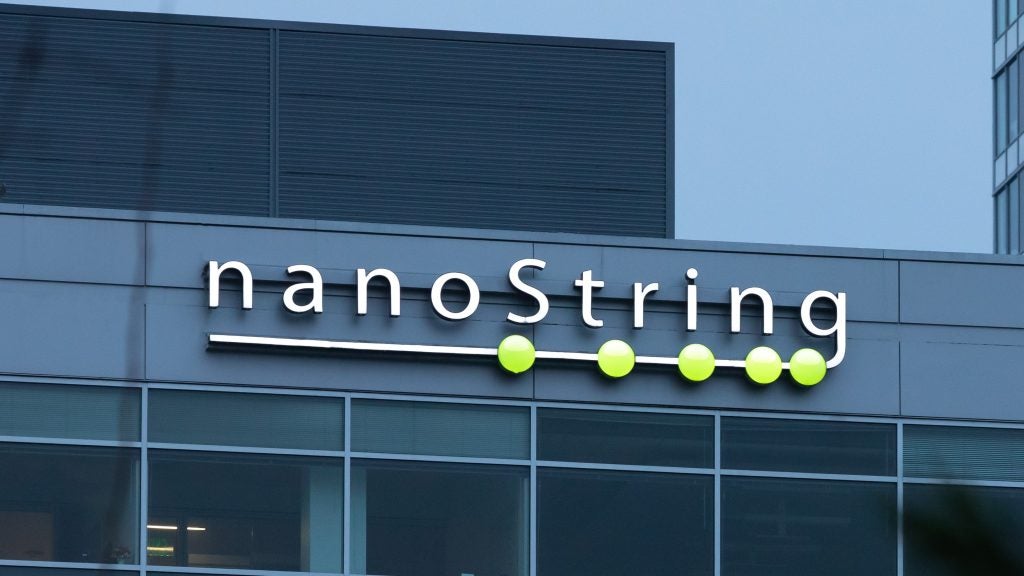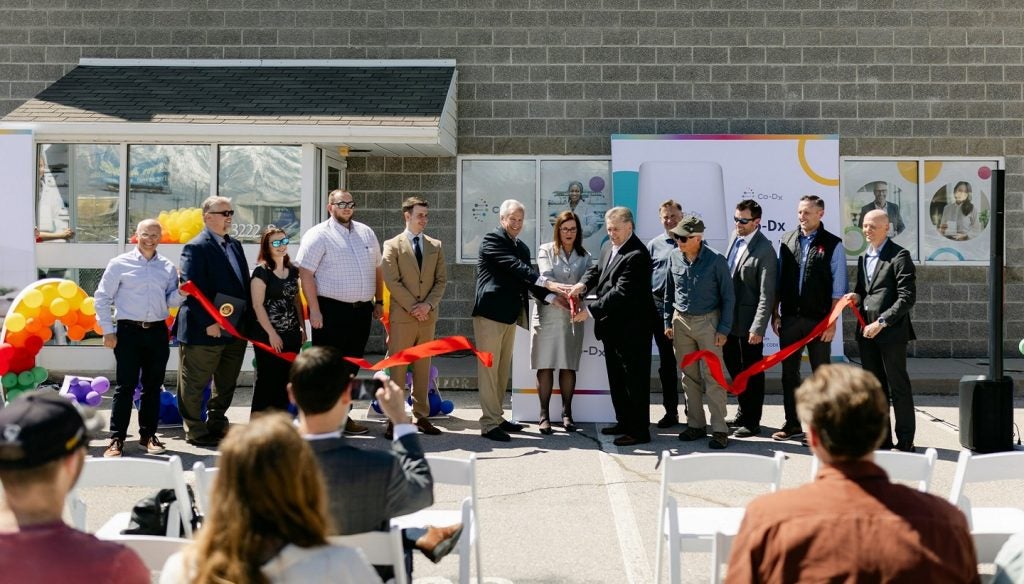
Researchers at Children’s Hospital Los Angeles (CHLA) and the University of Southern California (USC) have demonstrated how implanting a micro-pacemaker system in the pericardial sac surrounding the heart could result in new cardiac pacing options for children and adults.
The micro-pacemaker can be inserted through a single small incision avoiding invasive surgical procedure and complications related to long pacemaker leads.
CHLA cardiologist Dr Yaniv Bar-Cohen said: “Much about this device and its implantation is novel, starting with implanting an entire pacing system in the pericardial space in a minimally-invasive fashion, which has never been done before.”
Bar-Cohen and USC Viterbi School of Engineering professor Dr Gerald Loeb were the lead researchers during the study. Along with USC associate professor Dr Ramen Chmait, the research team is also collaborating on the invention of the first micro-pacemaker to treat foetuses in utero.
The micro-pacemaker has the potential to benefit a variety of patients, including children, patients born with congenital heart disease and adults not suited to traditional pacemakers.
Transvenous cardiac pacing is currently the primary solution for permanent pacing, but a number of patients with slow or irregular heartbeats are not considered to be suitable candidates for such devices. In the traditional system, electrode wires are passed through veins into the right ventricle or atrium, often travelling long distances, which makes lead failure a potential issue. Leadless systems are located inside blood vessels, which can increase the risk of dislodgement and infection.
How well do you really know your competitors?
Access the most comprehensive Company Profiles on the market, powered by GlobalData. Save hours of research. Gain competitive edge.

Thank you!
Your download email will arrive shortly
Not ready to buy yet? Download a free sample
We are confident about the unique quality of our Company Profiles. However, we want you to make the most beneficial decision for your business, so we offer a free sample that you can download by submitting the below form
By GlobalDataThe CHLA-USC research team performed percutaneous implantations in a model system and focused on improving implantation tools and techniques in several experiments. In the final procedure, the implanted pacing system could achieve up to five days of pacing.
The new micro-pacemaker enables pacing of the left ventricle. Most of the systems currently available only pace the right ventricle despite research which supports the benefits of left ventricle pacing for better cardiac synchrony.
The design also allows for the formation of a biological support matrix that can result from natural fibrosis.
Loeb said: “As a mechanical support, this living connective tissue has benefits over the use of synthetic polymer, which can degrade over time.”
Further testing of the device is ongoing. The investigators are seeking an industry partner to collaborate on the further development of the device.





